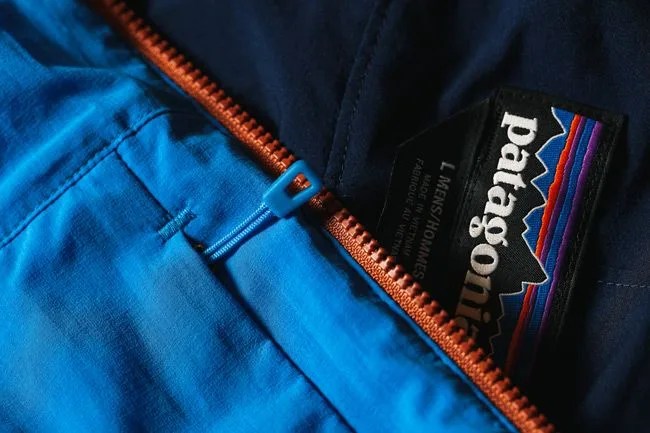For years, a war’s been raging in the performance outerwear market: breathability versus warmth, stretchability and comfort versus waterproofness. The result is that, ever since polyester came along to challenge the waxed canvas that first kept rain off of soldiers in WWII, outerwear has been getting lighter while also performing better — to the benefit of consumers and coat racks alike.
Stick your nose in the closet of an ultralight hiker and you’ll see: from “TurboDown” technology to under-arm vents to whatever “PrimaLoft” is, manufacturers have been obsessively designing and redesigning those few millimeters of fabric between you and the elements in the pursuit of one space-aged garment for all seasons and reasons. Last year Polartec introduced the future of activewear insulation with their Alpha, which they called the “first high-performance fabric to materialize the concept of active insulation” — insulation that transfers sweat out when you’re hot and keeps heat in when you’re cold. This year Patagonia released their own paradox in outerwear, a mid-layer jacket called the Nano-Air ($249) made from a new form of insulation called FullRange by Toray.
More Active Wear: Best Base Layers | Best Rain Jackets | 5 All-Weather Running Jackets
For the shoulder seasons, or during “stop-and-go” activity high in the mountains, the Nano-Air jacket is meant to be a layer you don’t have to remove. This means that on a mountain ridge the jacket is breathable and flexible enough for a climber during a morning ascent, but insulated enough to keep the same climber warm later during a shady repel. The nylon jacket is meant to be porous to let out water vapor while you sweat, sealed with durable water repellent finish for brief rain showers and quick drying for when you do manage to sweat through it or lean against melting ice. That’s a lot of bases for one garment to cover, and the question quickly becomes whether it can do them all well.

Fresh off the rack, the most noticeable aspect of the Nano-Air is its softness. The nylon ripstop shell, 60-g FullRange Insulation and plain-weave liner combined only puff to about a quarter of an inch, but the material is designed to stretch easily in any direction for active use, resulting in an airy, malleable jacket with a marshmallow feel, like a puffy down jacket on a diet. It’s not waterproof enough to grab for a rainstorm, but for most chilly nights in the fall and spring (three-season in the southern states) you can take it out without much thought to the highs and lows of the day.
A QUICK PRIMER ON BREATHABILITY AND WATERPROOFNESS
